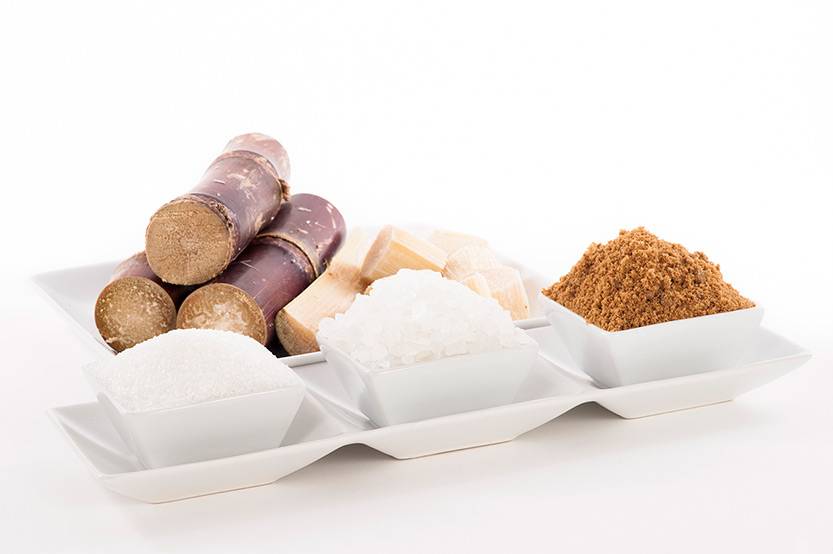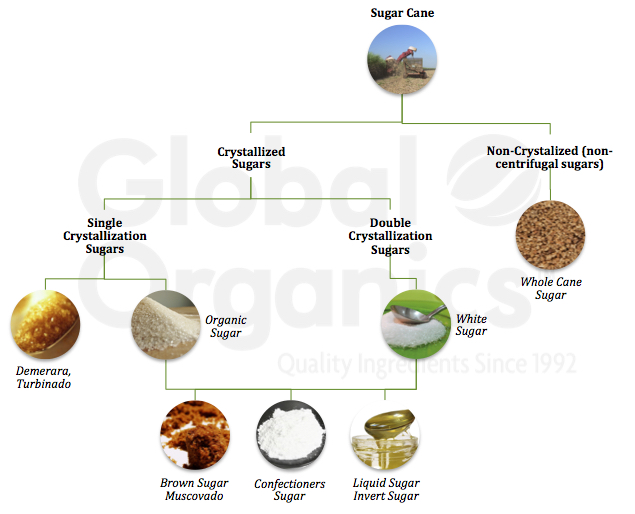Maximizar Rendimientos Y Minimizar Costos: Estrategias Avanzadas Para La Optimización Química Del Procesamiento De Azúcar De Caña
In the realm of walking stick sugar processing, the pursuit of making the most of yields while concurrently minimizing prices stands as an awesome difficulty that needs a tactical blend of advanced chemical optimization strategies. In the middle of this complex internet of methods exists the pledge of opening untapped possibility and changing the extremely essence of sugar production.
Chemical Evaluation for Effectiveness
Chemical analysis plays a crucial duty in improving the efficiency of sugar walking cane handling by offering essential understandings right into the composition and properties of the raw products. By carrying out detailed chemical evaluations on sugar cane examples, processors can determine the precise concentrations of sucrose, sugar, fructose, and other parts present in the raw product. This information is essential for enhancing the numerous stages of the sugar cane processing chain, from crushing to condensation.
Moreover, chemical analysis makes it possible for processors to recognize pollutants such as natural acids, proteins, and minerals that can affect the quality and yield of the last sugar product. By measuring these contaminations, processors can apply targeted techniques to get rid of or mitigate their impacts, inevitably improving the general performance of the processing plant.
Furthermore, chemical evaluation helps with the tracking of procedure parameters such as pH, temperature, and thickness, permitting cpus to make real-time adjustments to make sure optimum problems for sugar extraction and crystallization. Generally, a thorough understanding of the chemical composition of sugar walking stick is crucial for making the most of yields, lessening prices, and keeping high item quality in the sugar production industry.

Enzyme Utilization for Boosted Returns
With a strategic technique to enzyme application, sugar cane cpus can significantly improve their returns while keeping operational efficiency in the production procedure. Enzymes play a critical role in sugar walking stick handling by damaging down intricate carbs into simpler sugars, therefore boosting the total sugar removal performance. By incorporating particular enzymes tailored to target the different elements of sugar walking cane, such as cellulose and hemicellulose, cpus can boost the launch of sugars throughout removal.
Enzyme utilization offers the advantage of taking full advantage of sugar returns from the raw material while lessening the power and resources required for processing. This leads to a much more sustainable and economical production process. Additionally, enzymes can aid in reducing processing time and boosting the total top quality of the sugar item. With cautious choice and application of enzymes, sugar walking stick processors can optimize their procedures to attain greater yields and productivity.
Ph Control for Ideal Processing
Enzyme utilization for raised returns in sugar cane handling lays the structure for dealing with the crucial facet of pH control for ideal processing performance. Preserving the appropriate pH degree throughout different phases of sugar walking stick processing is crucial for optimizing yields and decreasing expenses. pH control is particularly vital during the extraction and information processes. In the removal stage, preserving the correct pH assists in achieving effective sucrose removal from the walking stick. Regulating the pH during explanation aids in the rainfall of contaminations and non-sucrose elements, bring about a purer end product. Moreover, pH affects the task of enzymes involved click now in the malfunction of macromolecules, impacting the general performance of the process. By carefully keeping an eye on and readjusting the pH levels at different processing actions, sugar walking cane processors can enhance sugar healing prices, reduce chemical usage, and enhance the general manufacturing procedure. Effective pH control not only enhances the high quality of the last item but also adds to sustainable and economical sugar walking cane handling operations.
Advanced Purification Strategies
Carrying out sophisticated filtering techniques in sugar cane handling improves the effectiveness and purity of the end product through refined separation methods. By incorporating sophisticated purification innovations, such as membrane purification and triggered carbon filtering, sugar cane handling plants can accomplish greater degrees of sugar recovery and boosted quality assurance.

Triggered carbon filtration is another innovative method that aids in the elimination of colorants, off-flavors, and residual contaminations from sugar walking stick products. By making use of triggered carbon's adsorption homes, this purification technique enhances the quality and taste of the sugar, fulfilling the high requirements required by consumers and sector guidelines.
Energy-Efficient Purification Methods
Energy-efficient distillation approaches are vital for maximizing the sugar cane handling sector's energy usage while keeping top quality item criteria. Conventional purification procedures can be energy-intensive, leading to higher production prices and ecological impacts (Cane Sugar Processing Chemicals). Carrying out energy-efficient purification approaches, such as vacuum distillation or molecular distillation, can dramatically reduce energy requirements while enhancing general procedure performance
Vacuum distillation involves reducing the pressure within the purification system, which decreases the boiling factor of the fluid combination being processed. This reduction in boiling point decreases the energy needed for vaporization, leading to power financial savings contrasted to standard purification approaches.
On the various other hand, molecular purification makes use of brief course purification strategies under high vacuum cleaner problems to different substances based on their molecular weight. This technique is especially efficient for heat-sensitive compounds, as it operates at lower temperatures, reducing power intake and maintaining item high quality.
Final Thought
